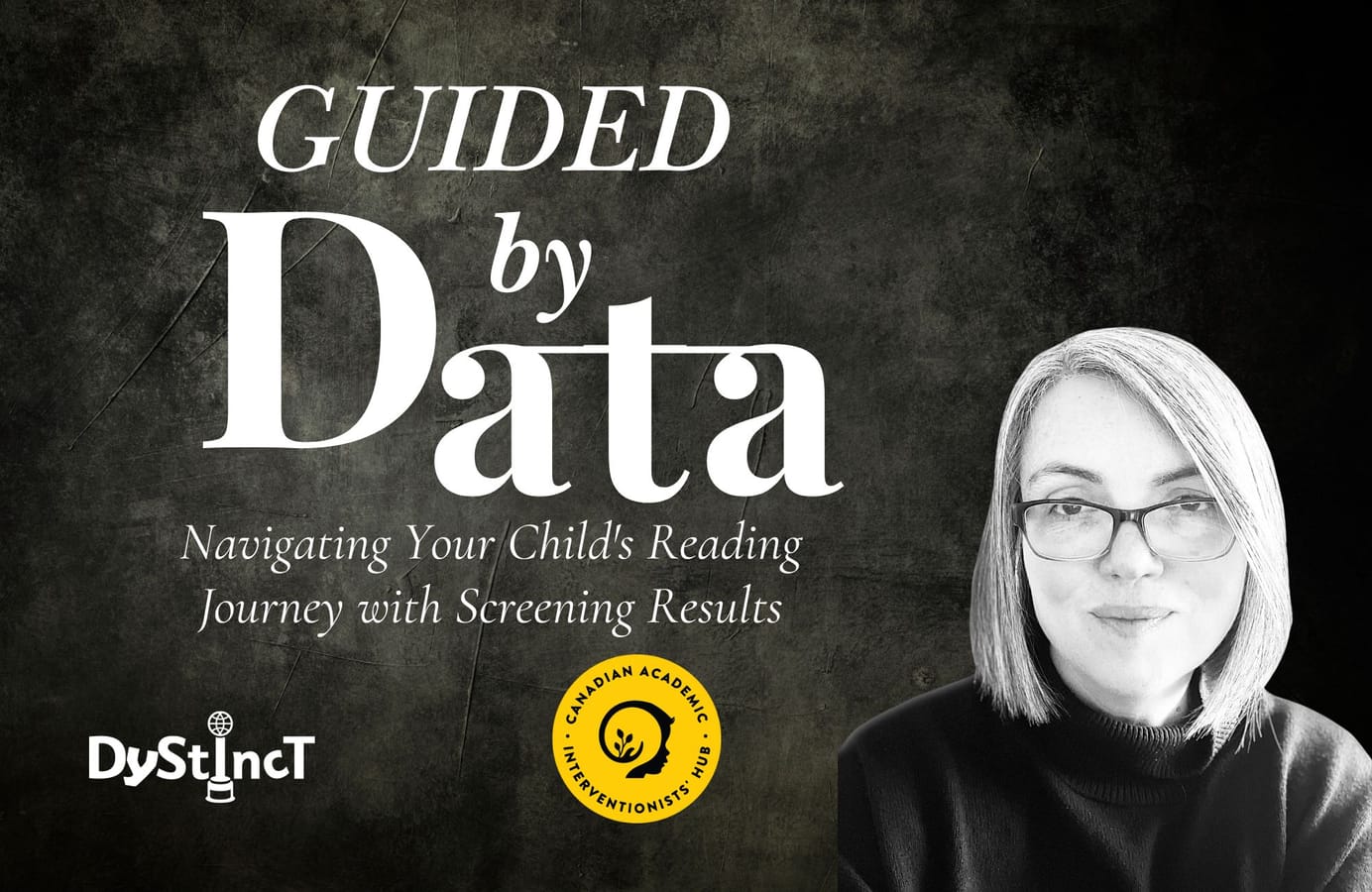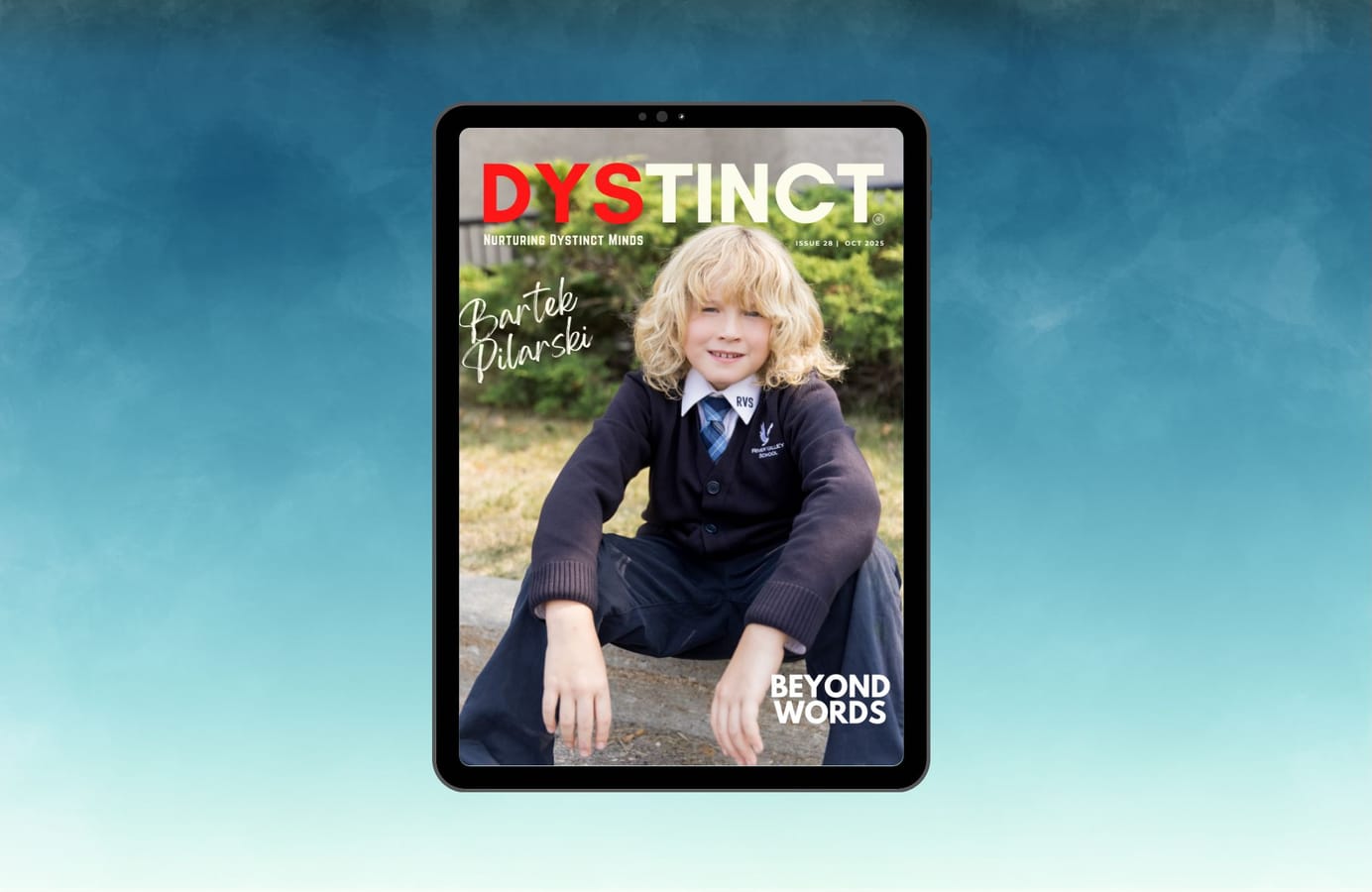
Issue 25: Guided by Data: Navigating Your Child's Reading Journey with Screening Results | Nicola Lott
Nicola Lott highlights the critical role of screening assessments in identifying children at risk of reading difficulties, empowering parents and educators to work together in providing targeted support, monitoring progress, and ensuring every child can thrive in their literacy journey.
Imagine you're travelling to a conference in another country. You punch the hotel address into your rental car's GPS, confident it will guide you. But instead of providing directions, the screen displays: "Congratulations, your trip request has been accepted. We'll let you know when you arrive."
That's it. No step-by-step directions, no updates, no idea if you're getting closer or hopelessly lost. The roads are unfamiliar, the signs make no sense, and you're filled with doubt. Hours later, the GPS chimes, "You have arrived." You pull into the hotel lot, relieved but wondering—how many others didn't make it?
This scenario sounds absurd. No one would want a GPS that leaves them guessing. Yet, this is often how we approach the journey of learning to read.
Where is your child on their journey to learning to read? Are you feeling confident or unsure if they need extra support? If they are getting extra support, is that support working? If you don't have good answers to these questions, you are not alone. For years, these same questions have puzzled educators and researchers.
By addressing gaps early, we can prevent the educational trauma that too often accompanies reading difficulties.
Fortunately, we now have tools to illuminate the path. Screening assessments act like a GPS for reading, tracking progress at critical points and alerting us when a child shows signs of struggle. This allows teachers to provide timely support, often before the child even realizes they've fallen behind. By addressing gaps early, we can prevent the educational trauma that too often accompanies reading difficulties.
As a parent, you have the power to ask for this data and gain a clear picture of your child's reading journey. Understanding this information means you can work with teachers to ensure your child gets the support they need—right when they need it.
What is screening?
What is screening?
Decades of research into how children progress in reading uncovered specific markers that accurately predict future reading success. Researchers turned these markers into quick and efficient tools called Universal Screeners that teachers can use to identify children who may be at risk of struggling with reading so we can provide support early, ideally before a child even falls behind.
It's important to note what screeners do and don't do. Literacy Screeners do not diagnose learning difficulties such as dyslexia. Nor do they deliver a simple 'yes' or 'no' verdict about reading ability. Instead, they flag teachers to an increased risk of difficulty in a similar way to your GPS, alerting you that there may be some congestion on the road ahead.
Beyond identifying risk, many screeners also provide teachers access to a powerful tool: Progress monitoring. Students who receive extra support can have their progress monitored so that the teachers can closely monitor to ensure that the support is working for them and adapt their instruction if not. This ensures that every child gets the tailored support they need to find success.
Schools choose from a variety of screening tools, often referred to as Curriculum-Based Measures or Criterion-Based Measures (CBMs). Popular examples include DIBELS, Acadience, FastBridge, and Aims Web. While the names and formats vary, the goal is the same: to guide teachers in supporting every student on their reading journey.
How to decode screening data?
How to decode screening data?
Screening assessments are different depending on the brand and the age group for which they have been developed. However, they follow similar principles, meaning that a parent can quickly get the gist of the results.
At the heart of a screener is the 'benchmark'. A benchmark is a performance level at which a child is considered to have a low risk of progressing into difficulty. Note - not no risk. This distinction is crucial. Benchmarks are a helpful guide, but they are never the sole way we assess a child's learning journey.
The benchmarks are derived from extensive research involving large, diverse groups of children. By analyzing this wealth of data, researchers have been able to identify performance levels that correlate with varying degrees of risk for reading difficulties. These benchmarks serve as a guidepost for educators, helping them determine which students may benefit from additional support to stay on track.
Benchmarks are a helpful guide, but they are never the sole way we assess a child's learning journey.
Screeners typically group children into three or four categories depending on how they perform in relation to the benchmark. These categories are generally:
- Significantly above benchmark
- At benchmark
- Below benchmark
- Significantly below benchmark
The exact terms are different with each brand, but most brands use consistent colour coding. Blue and green are for lower risk, and yellow and red indicate more intensive support needs. These categories assist teachers in quickly analyzing their class composition so that they can plan targeted instruction and get extra support for those who need it. Screeners are a game changer, allowing teachers to identify children who may have slipped through the cracks in the past.

This is an example of how your child’s report may look. This example shows a child who needs some extra support at the beginning of the year and has caught up by the middle of the year.
Should I panic if my child scores in the yellow or red zone on a screener?
Should I panic if my child scores in the yellow or red zone on a screener?
It's natural to feel worried if your child's screener results fall in the higher-risk zones, especially if school wasn't always a positive experience for you. However, being flagged through Universal Screening is actually a good thing – it's the system working as intended. These results put your child on the radar for receiving extra support, ideally to catch them up before they fall behind.
This post is for paying subscribers only
SubscribeAlready have an account? Log in


